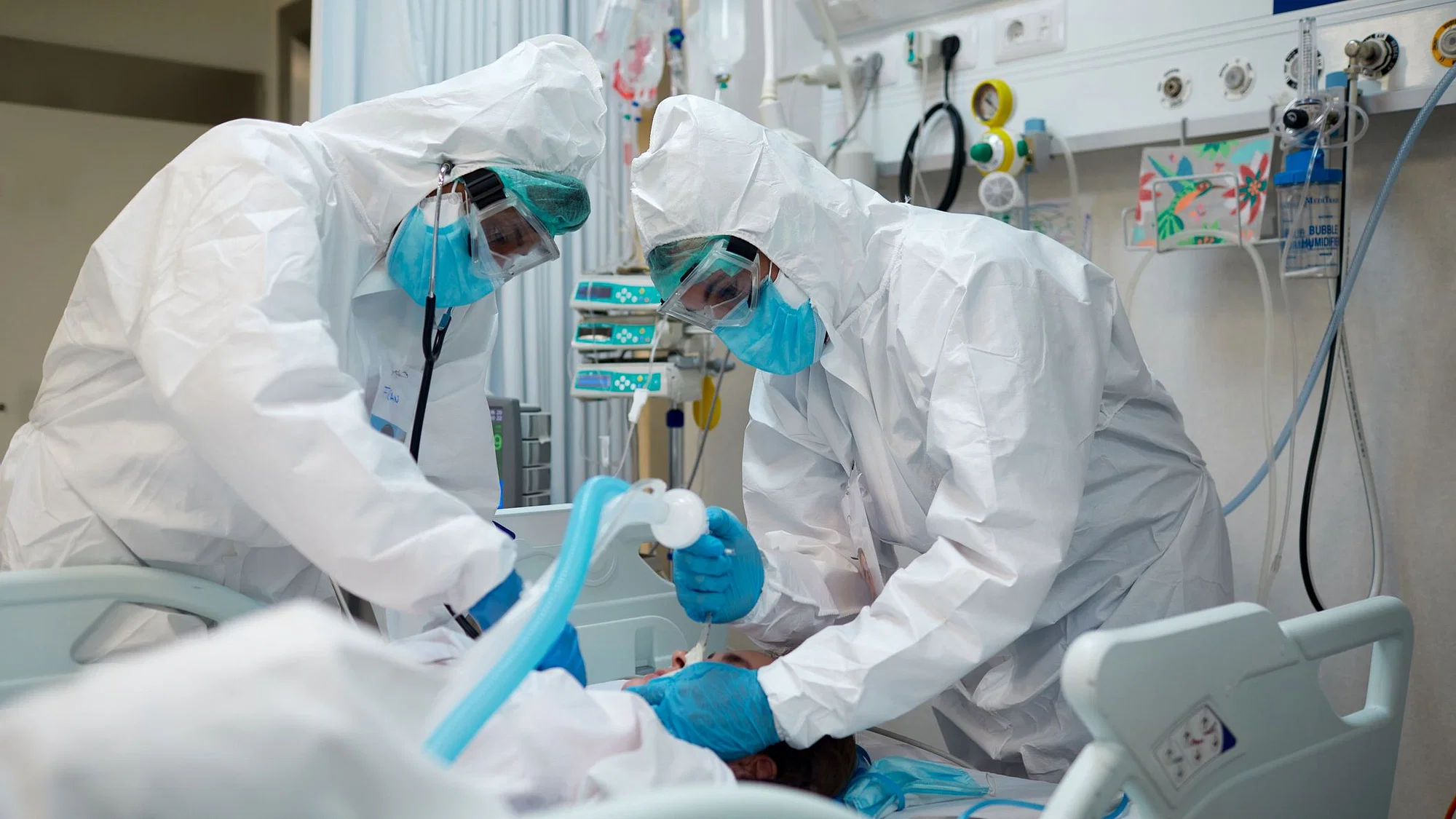All About Marburg Virus Disease (MVD): Symptoms, Treatment, and Prevention

Marburg Virus Disease (MVD) is a rare but severe illness caused by the Marburg virus, a close relative of the Ebola virus. The disease was first recognized in the world 1967 an outbreak occurred in Germany and Serbia. The virus is well known for inducing fatal hemorrhagic fever with mortality rates of up to 24–88% depending on the pace of occurrence and health care access.
What does Marburg Virus pass?
The Marburg virus can be a zoonotic, that means it is actually transferred from animals to humans. The Egyptian fruit bat (Rousettus aegyptiacus) is the natural reservoir of NiV. The virus can be propagated in humans by
Skin or mucous membrane contact with excreta or saliva of infected bats.
Human-to-human transmission from direct contact with the blood, secretions, organs or other bodily fluids of infected persons
Touching contaminated items like clothing, machinery, or other items.
Those patients can spread the virus to others, causing community or hospital outbreaks.
Marburg Hemorrhagic Fever symptoms
Signs of MVD start to show 2-21 days after a person gets infected and include;
Fever
Chills
Severe headache
Muscle aches
Nausea and vomiting
Diarrhea
Abdominal pain
Sore throat
Butterflies feeling Rashes (usually on your chest, back and stomach)
If the disease continues, hemorrhagic problems may develop including :
Severe gum, nose and other bodily bleeding
Internal bleeding
Multiple Organ Failure, esp. Liver and Kidneys
It is capable of causing shock, multi-organ dysfunction and death.
Diagnosis and Treatment
Marburg virus disease is diagnosed through the following laboratory testing:
PCR tests (Polymerase Chain Reaction)
Antigen-capture enzyme-linked immunosorbent assay (ELISA)
Virus isolation
MVD is still without specific treatments or vaccines for now. Treatment is generally supportive and includes care for:
Maintaining fluid balance
Providing oxygen
Replacing lost blood
Treating secondary infections
The drugs include experimental vaccines and treatments that researchers are still working to understand — specially during outbreaks.
Marburg Virus Disease Prevention
MVD is primarily prevented by avoiding the virus and increasing infection control measures. Some key steps include:
Staying out of caves and Fruit Bat inhabited areas
Wearing PPE when caring for sick people or deceased in outbreaks
Quarantining viscous patients to stop disseminatio
Strict Infection Control Practices in Healthcare Settings
Conclusion
Introduction Marburg Virus Disease (MVD) is a potentially fatal viral disease for which no specific treatment exists. Nevertheless, timely supportive care can increase the chances of survival. Organizations like the World Health Organization (WHO) are currently working on developing vaccines and improving response strategies to combat outbreaks.
